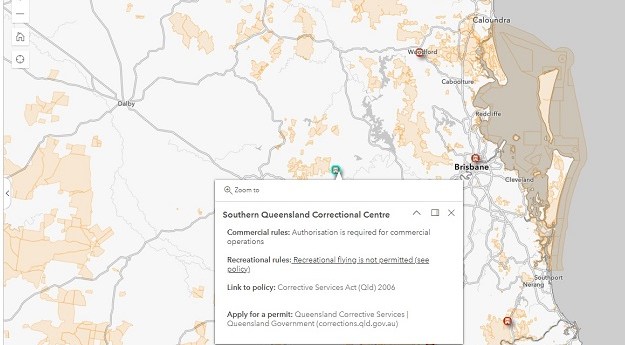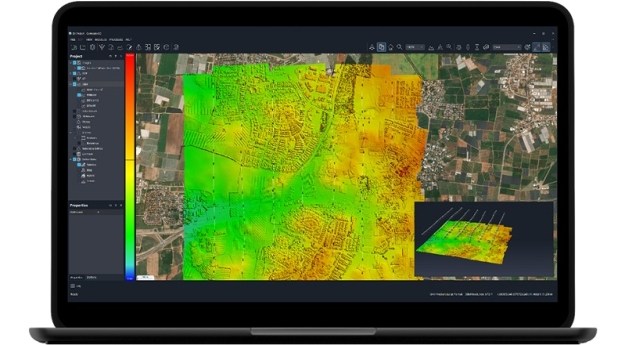This animation from ARC Centre of Excellence for Climate System Science and the National Computational Infrastructure’s VizLab team peels back much of the surface layer of the ocean to explore how the cold dense water produced on the Antarctic continental shelf spreads out into the Southern, Pacific and Indian Oceans.
The animation shows the movement of the densest and coldest water in the world around Antarctica and was produced using data generated on Australia’s most powerful supercomputer, Raijin, named after the Shinto god of Thunder. Even with Raijin, it took seven hours to process just one second of the animation.
Chief Investigator, Dr Andy Hogg, from the ANU hub of ARC Centre of Excellence for Climate System Science worked with the National Computational Infrastructure’s VizLab team, using a high-resolution ocean model, to produce the animation.
The visualization has revealed underwater ocean storms generated by eddies, waterfalls of cold dense water that plummet two kilometres off the Antarctic Continental Shelf into the abyss and underwater waves hundreds of metres high.
“Scientists who have seen the visualization have been astonished at the level of detail,” said Associate Prof Dr Andy Hogg.
“But this visualization is about more than communicating the wonder of science to the public. Being able to actually see how the bottom water moves in three dimensions rather than just looking at numerical, two dimensional outputs has already opened new areas for scientific research.”
This latest animation peels back much of the surface layer of the ocean to explore how the cold dense water produced on the Antarctic continental shelf spreads out into every ocean basin in the world.
The distinctly different densities of water that move around Antarctica also make it important in regards to climate change. Since the densest water forms near the surface of Antarctica before descending to the ocean floor, any warming that occurs near the surface can be drawn down into the deep ocean. As a result, this drives more heat and more carbon into the deep ocean that would otherwise have returned to the atmosphere.
“The inhospitable climate of Antarctica and the lack of sustained observations of the ocean in this region over a significant period of times add to the importance of using ocean models to create visualizations like these,” Dr Hogg said.
“It helps us understand what is happening in locations that are difficult to observe and may explain why Antarctic bottom water is disappearing, becoming less saline and warmer. It may give us important insights into a future under climate change.”
Raijin is the same supercomputer that will be used in the daily updates for Australia’s next generation reference frame, GDA2020. The December/January issue of Position magazine will feature an article from Geoscience Australia’s Daniel Jaksa who describes the plans in detail.












